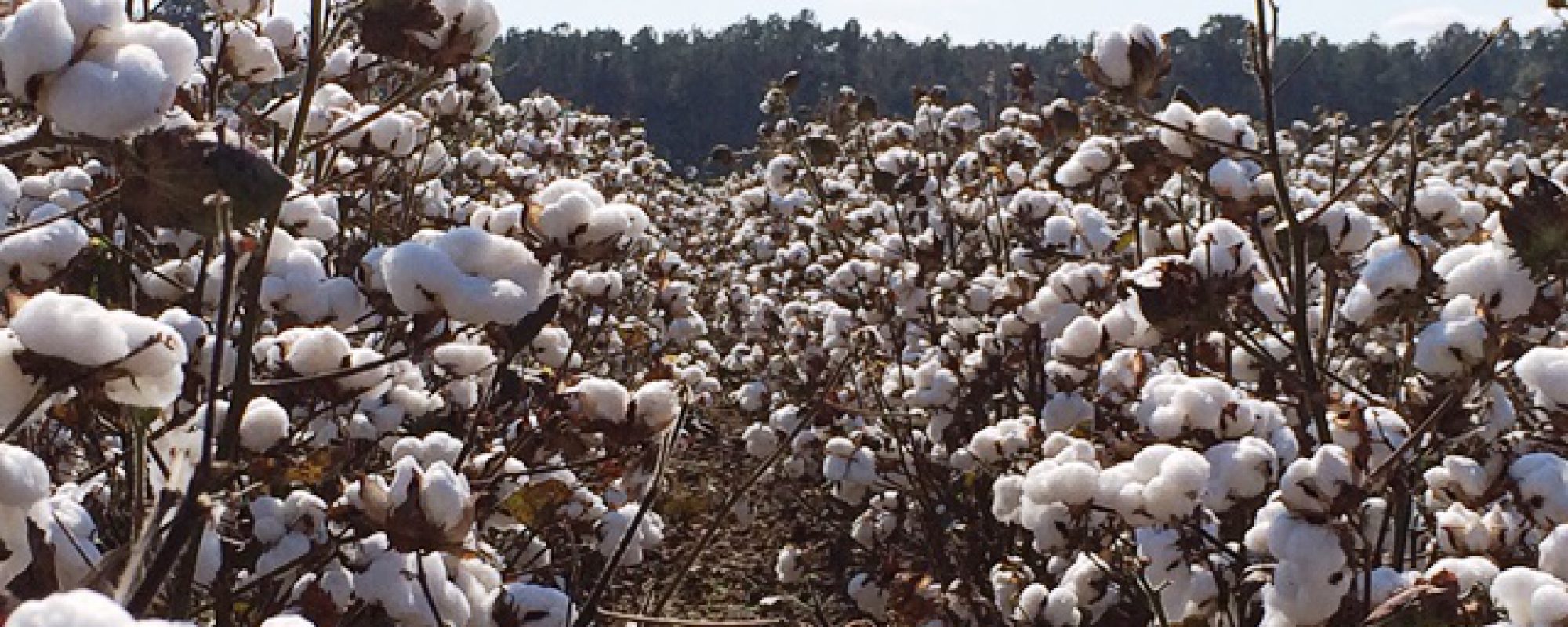Everyone is aware of the problems that thrips cause on seedling peanuts, but the tobacco budworm has also become a problem over recent years. Dr. Mark Abney, UGA Extension Peanut Entomologist, provides the timely information below about both these insects to be on the lookout for in seedling peanuts.
The two most important insects to watch for in seedling peanut are thrips and tobacco budworm. Thrips will be present at some level in almost every peanut field in the state. Most growers will use an at-plant insecticide for thrips control, and this year there are three basic options: phorate (Thimet), thiamethoxam seed treatment (CruiserMaxx Peanut), and imidacloprid (Admire Pro or generics). We need to monitor all fields, but we should especially watch our early planted peanuts regardless of at-plant treatment to make sure they are not damaged by thrips feeding after the at-plant insecticides “run out of steam”. The most common question I have gotten recently involves the rate of imidacloprid on twin row peanut. Regardless of formulation, the per acre rate of products containing imidacloprid is the same for single and twin row patterns. This means that each twin row will have half as much active ingredient as the equivalent length of row in a single row pattern. We do not know yet how or if this will affect efficacy. The scenario is different for phorate in peanut where the rate is 5 lbs/acre on single rows and 7.5 lbs/acre on twins.
Tobacco budworm has become more common in seedling peanut in recent years. Infestations are typically sporadic, but they can be severe. Defoliation can occur quickly when plants are small, and the typical “4 to 8 caterpillar per row foot” threshold does not apply. There is no validated threshold for caterpillars on seedling peanut, but we certainly want to prevent high levels of defoliation that can stunt growth. Not many growers will be thinking about scouting peanuts in the next few weeks when planting is in full swing, but we need to remind them of the importance of monitoring fields for insect problems. I can almost guarantee we will get a few calls asking what will kill late instar tobacco budworm on peanut seedlings. If we were to go to these fields we would see stems and caterpillars that should have been treated a week to 10 days before. There will probably be a couple calls that ask why the pyrethroid they sprayed did not kill the corn earworms in the peanuts. The answer is most likely because they were not corn earworm…they were tobacco budworm, and pyrethroids will not kill them.
